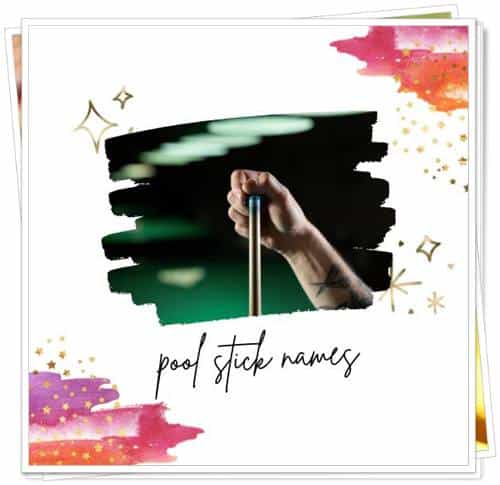
Components and specifications, along with how it’s made
It is a Billiards cue or a cue stick that is one of the pieces of equipment essential for playing Billiards. Cue sticks are used to hit the cue ball when playing the game. Cue sticks are utilized in the pool, carom billiards and snooker. Cue sticks are typically taped and measure 57-59 inches (about 1.5 millimetres) long, and are between the ages of 16-21 pounds (450-600 grams) and pros aiming for a 19-ounce (540 grams) average.
The majority of cues are made out of wood, and however occasionally, they are covered or joined with carbon fibre, graphite or fibreglass. They employ regular cues as an alternative to their primary equipment as well as an even shorter cue to shoot jump shots. The cues used to shoot jump shots have a built-in tip that has a high Tensile.
Read More : The Ultimate Guide to Holding a Pool Stick
Types of a cue sticks that are used in Billiards
One-piece cue One-piece cues are the simplest and the most popular kind of cues that are used in Billiards. They are constructed in one piece, without joints. They have a uniform tapering and then gradually shrink in size from the point of the butt up to the edge.
Two-piece cuesThe two-piece cue comes with a section in the centre which makes it simple to carry. It can be easily folded to ensure it fits inside the appropriate cue case or pouch.
Two-piece cue that has a joint It’s also referred to as the two-piece with three quarters. Two-piece cues have a joint display at the one-third downward position in the cue. The joint is between 12 and 16 inches of the butt.
The components of the Billiard cue stick
Cue sticks are made in one piece, by two pieces, or even with an intermediate joint. The majority of the top-quality cue sticks are constructed using two pieces of wood, like maple wood. They are joined with phenol or metal resin. The cues for beginners are made from middle-quality maple wood, with tips and shafts made of plastic. The top-quality cues are made of golf wood and graphite.
The cue sticks of the regular variety contain the following elements:
Butt end Butt and the edge of the cue is a greater circumference and desire to be held easily and offer a comfortable grip to the users. The region is also known by the name of “butt.
Shaft Shaft The longest wood part of the stick that has a narrower area than that of the butt-end. Its length is 0.4 inches up to 0.55 inches (10 to 14mm).
Ferrules They are the end portion of the shaft constructed of brass or fibreglass.
TipThe tips are placed on top of the ferrule, which is used to hit the ball. Usually, a small amount of chalk is placed on the tip to increase the friction and give the ball a spin while hitting the table. The tips are made primarily of leather and then glued by glueing them to the ferrule.
Bumper It is the last element of the cue composed of either leather or rubber. The bumper safeguards the cue from accident-related damage caused by hitting or falling.
Read More : Where Can I Find Pool Leagues Near Me
The Billiard cue sticks were used in the past.
In the year 1600, cue sticks were developed using mace, which was like a lighter-loaded golf club. They were used to pushing instead of hitting with the ball. In 1670 it was time for a fundamental change. A stick was substituted for mace, which was abutted end with a larger circumference. In 1800, the change of the name for the cue stick became official. The year was 1807, and Francois Mingaud became the very first to look at the tip of the leather on a cue stick for a billiard.
In the 19th century, the tips of the sticks were not sufficiently polished to hit the balls when they were the first attempt. Players used to twist their ends on the ceiling or wall of a plaster construction to improve the stick’s grip and increase the potential of the stick. The powder was thought of as twisting powder. In the past, ferrules were constructed of ivory to ensure that the cue’s tip was secure. The joints were threaded and made of either wood or non-metals, such as brass, steel, etc.
The Billiard cue sticks are used in the present day.
The shafts of today are made according to a two-piece model with custom tapering. The tip of the leather is replaced with faux leather and other fibres made of synthetic that can strike the ball more effectively. The Synthetic fibre holds less humidity and moisture and requires lesser frequent sharpening. The cue tips aren’t longer made using ivory-based materials and were developed using different carbon fibres. This fibre is composed of melamine or phenol resin. These are premium plastics. Carbon fibre is an inert metal and is able to prevent natural breaks and cracks. The joints are threaded in half and feature a “quick pin release” mechanism to fold the sticks.
Leave a Reply
You must be logged in to post a comment.